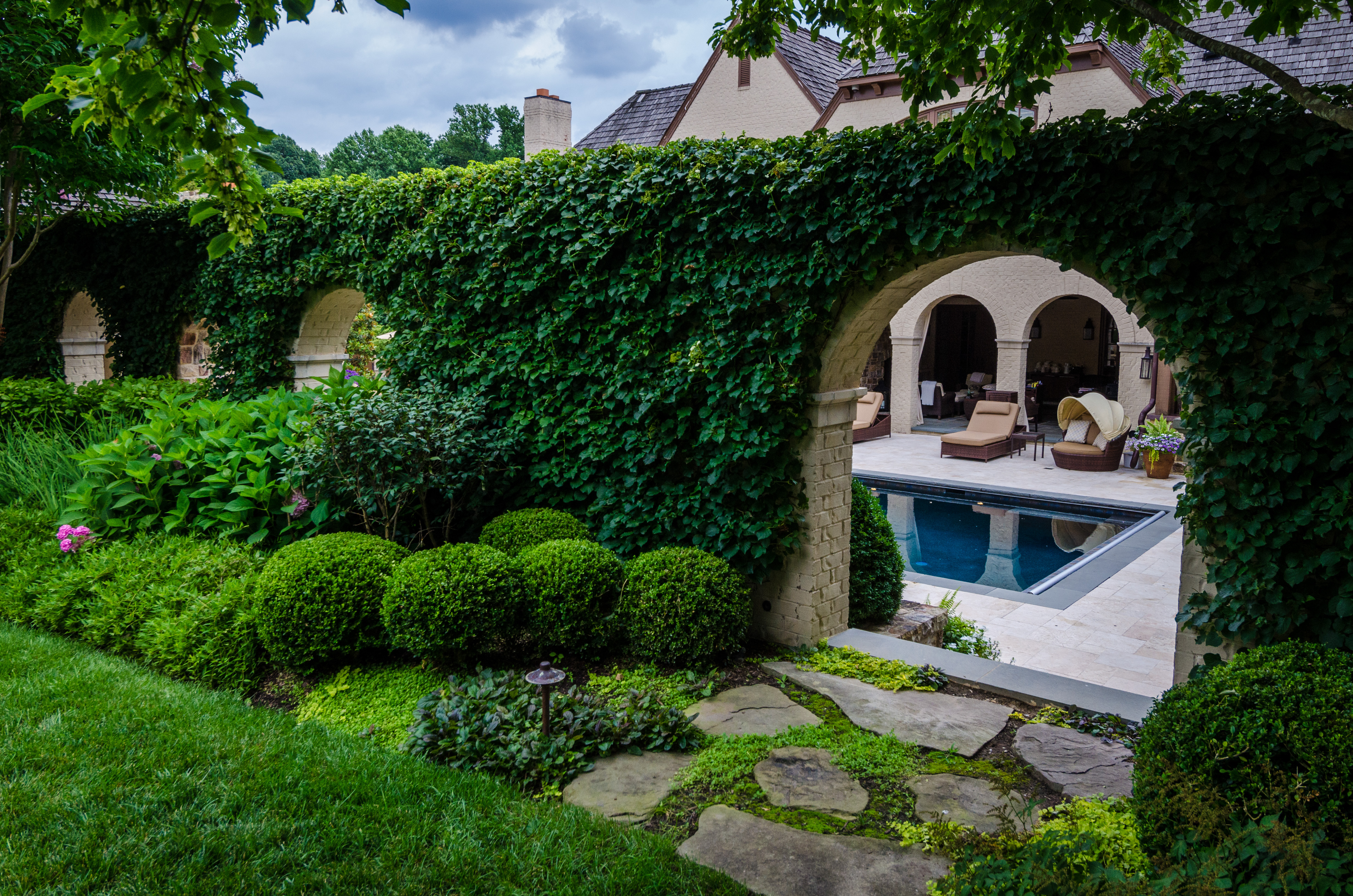Everyone is in search for the perfect yard that makes their neighbors green with envy. Whether you’re an experienced gardener or new homeowner, there are endless tips and tricks to help you create a dream yard. Here are professionals’ top tips to upgrade your yard and gardening skills.
Planting Tips and Tricks
- When potting flowers or plants in containers, use a good quality potting soil. Your investment will help them thrive.
- It’s best to plant perennials in the fall, but if you miss out on fall planting, early spring works well also. Perennial flowers add a great deal of colors and textures to your landscape and will surely boost your curb appeal.
- To give your plants the best start in their new home, dig the hole at least twice as wide but no deeper than the root ball. After planting, maintain good moisture levels for the first few weeks to help the plant establish its roots.
- To keep plants healthy, apply about one inch of water per week during the growing season.
- Pick the right plant for the right spot and make sure it has enough room to mature.
Soil and Mulching Best Practices
- Before planting new areas, till the soil and add organic materials such as compost. The better your soil, the better the garden or landscape.
- Apply mulches in spring to help control weeds and maintain moisture. Choose an organic mulch such as pine straw, bark or compost. Mulch is usually applied to 2-3 inches thick. Try to avoid non-organic products such as gravel or rubber mulch as they add no value to the soil.
Pruning 101
- The best time to prune spring flowering plants is right after they flower. However, the best time to prune most summer flowering plants is late winter, early spring before they flower.
- It’s a must to prune azaleas in late spring or early summer after blooms have faded, but don’t wait too late as mid-summer pruning may affect blooms for next year.
- Homeowners should prune boxwoods in spring or summer and avoid late summer or fall pruning because new growth needs time to harden off before the frost. Hand pruning is best, but you can use shears if necessary.
Mow the Perfect Yard
- Homeowners should change mowing directions often, so ruts do not develop. For example, move vertically across the yard this week, then horizontally next week. It’s also critical to mow regularly. You only want to remove one-third of the height of the grass when mowing and keep your mower blade sharp for best results.
- It’s recommended to use a mulching mower instead of bagging clippings. Your lawn will require 30 percent less fertilizer and the clippings return both nutrients and organic content to the soil.
- Aerate your lawn to improve the growth of roots, and aid the penetration of water and fertilizer to the roots – your lawn will appreciate it. Best time to aerate is when grass is at the beginning of its active growing cycle – late spring for warm season turfs and early fall for cool season turfs.
- Use a stick edger or weed eater to edge sidewalks, driveways and bed edges because the clean, crisp lines will enhance the appearance of your landscape. Make sure your wear proper safety protection for your eyes and ears.
Most importantly, it’s critical to plan your landscape by putting your ideas down on paper and following them thru. A good functional design leads to a beautiful garden and a local landscape professional can help you create the perfect outdoor space.
Photo courtesy of McHale Landscape Design, Inc., Upper Marlboro, MD, a member of the National Association of Landscape Professionals.
